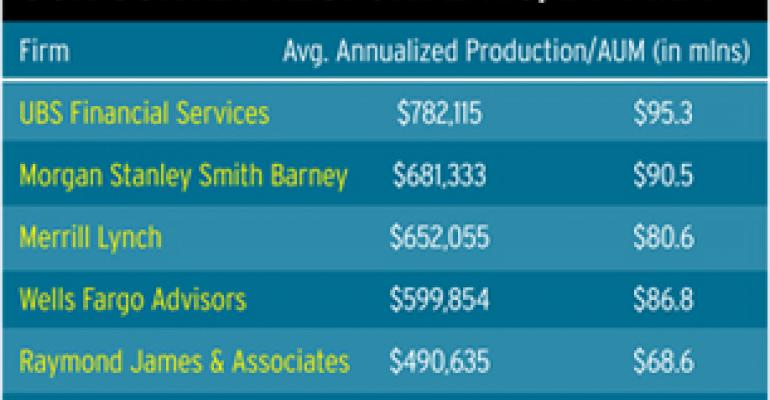Our Broker Report Card Survey has turned 20 years old with the publication of the report online (RegisteredRep.com) on Dec. 1. Twenty years is a long time, which is why we still use the archaic name “broker” — out of respect for tradition.
The 887 respondents to the survey (we queried our readership) are very different from the brokers who filled out the survey two decades ago, which is to be expected. The financial services industry is always on the front line of change, given its role in the capital markets.
Our respondents were fairly sophisticated. The average financial advisor answering the survey has been in the business 18 years, about half hold a Series 65 and another third of the respondents hold a Series 66. (Both certifications allow advisors to offer comprehensive and discretionary financial advice, as opposed to just brokering a trade and passing along financial advice that is “incidental” to the trade.) The average advisor respondent reported an even split in fee and commission revenue. Virtually all said they recommend mutual funds, bonds (87 percent) and individual equities (87 percent). Somewhat fewer reported that they sell annuities (77 percent), 529 college savings plans (74 percent) and ETFs (71 percent). Two-thirds said they offer other insurance products.

Many of the respondents were paid handsomely to join or stay with their current firms. Nearly half of the advisors said they received a recruiting bonus, and 31 percent said they received a retention bonus; 9 percent who received retention bonuses indicated that the package would expire in the next 24 months and that they expect another retention bonus at that time. (Edward Jones respondents said the firm did not offer recruiting bonuses to any FAs.) Eleven percent who received a retention bonus are seriously considering changing firms at the time of expiration. (The rate bumped up a bit for Wells Fargo Advisor respondents, 16 percent, and Morgan Stanley Smith Barney respondents, also at 16 percent.) Most respondents from other firms indicated that they would likely stay put.
Our sample size may seem small (from 75 to 336 advisors for individual firms), considering the thousands of advisors these firms employ. But the margin of error is not large and the results are statistically valid, according to Penton's research team, who executed the survey. What's more, our average respondent looks very much like the average advisor at each firm. (See table above.) The results also dove tail nicely with what we've learned covering these companies over the past year. There were few surprises.
One note: We included Raymond James & Associates in our survey this year, for the first time. It is comparatively smaller (just 1,300 or so employee FAs ) than the other firms in the survey. Obviously RJ&A doesn't have the national saturation the others do. But they asked to be included and must have urged their employee FAs to fill out the questionnaire; despite their size they had the largest turnout of any firm.
We thank you for your support. Drop us a line with your comments: 249 W. 17th St., New York, N.Y. 10011-5300. Or email us: [email protected]. Publisher Rich Santos can be reached at [email protected].






